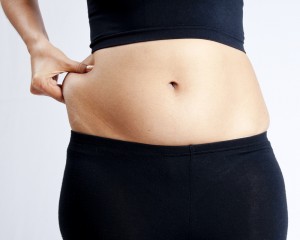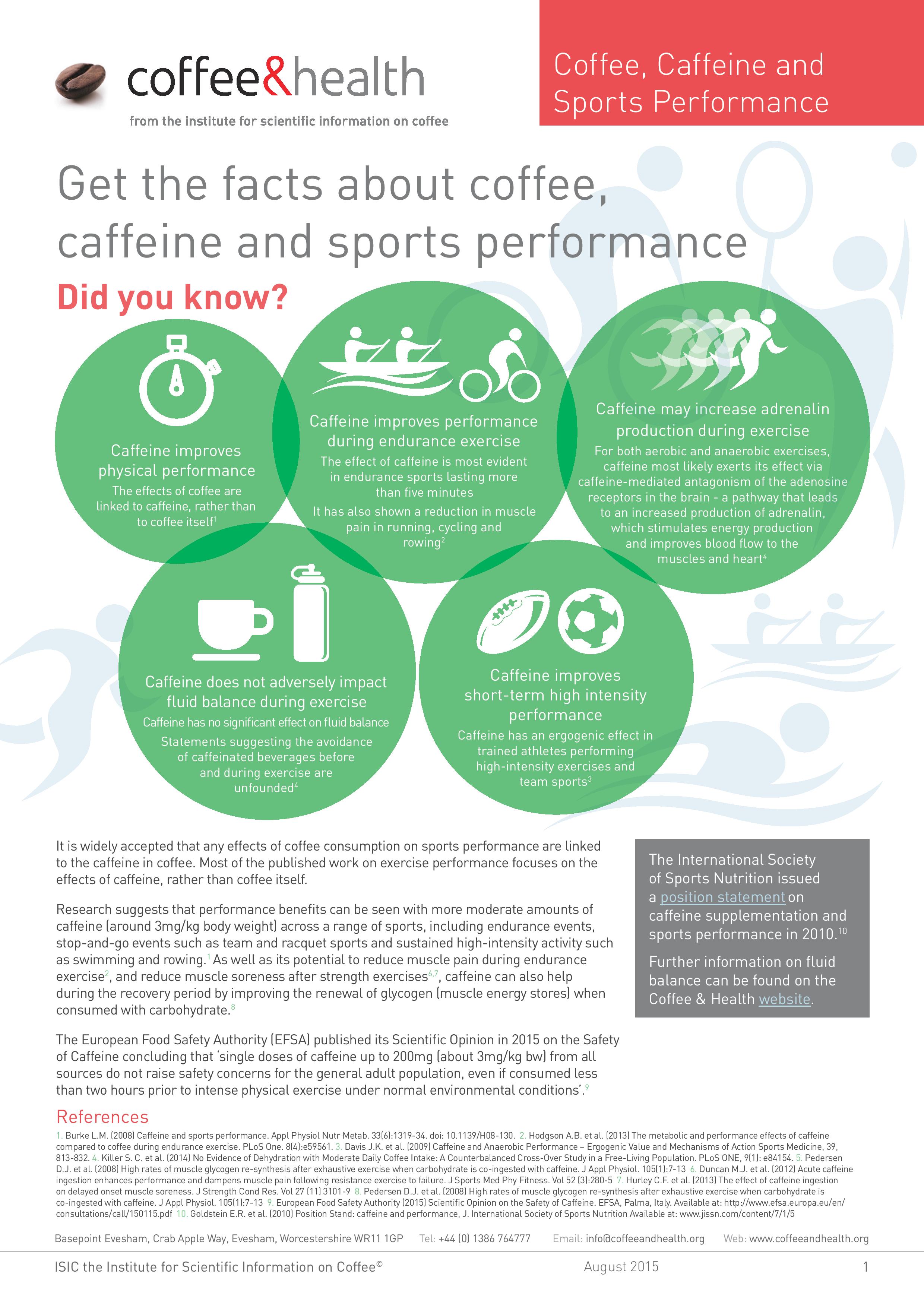Fat belly has been a problem for many who do not know how to get rid of it and have a flatter stomach. Excess fat in the stomach gives us problems especially on the clothes to wear and how we look and feel. Some of us feel that having too much fat on the belly makes us unattractive. It is however even a greater risk to the health of a person. Too much or excessive fats in the belly or other body parts can be a great danger to health and fitness of an individual. It is important and critical to look into ways of dealing with the fat on the belly as this can prevent health problems and eliminate the risks of suffering some diseases.
The Dangers
Chronic conditions or diseases have been linked and associated with the fat accumulation in the belly. Diabetes is one of the serious illnesses or conditions one may suffer because of or resulting from the accumulation of fats in the belly and other parts. With the condition, sugar circulation and balancing in the body is difficult and thus becomes a problem for the individual. The occurrence of terrible diseases such as heart conditions is also a possibility. It is essential to deal with the excessive fats immediately or eliminates the fat. The best solution or remedy is however prevention. With the presence of the belly, you need to work on reduction of these fats, so they do not cause or pose obesity health risks to the system or body.
Beat the Belly
The belly has the risks to your body shape and more so to the health. It is thus essential to work hard to be able to beat the belly. Set goals to reduce the belly. You need to see a physician if necessary to know the best ways to this. Simple steps can be of help to individuals with belly fat that is disturbing. Watching the diet may be one of the important steps to start. Other simple steps should be incorporated into your schedule daily if you are serious about losing the belly fat.
Exercise
Trim the belly fat by exercising. Consistency in exercise makes the effort more effective in belly beating or reduction. Workouts should aim at reducing the belly fat. You can see a specialist from for example the gym for more instructions, suggestions, and advice. Exercise or workout aimed at reducing the fat in the belly will work if consistency and doing the exercise right are there. Jogging is a good exercise that can help in beating the belly. You do not necessarily require to go or to be in a gym. You can work out in the house or the backyard of the house or home. It is advisable to use treadmill exercises as a way of reducing the belly fat. Remember to do things right and be a consistent. Exercise or work out together with a friend or a relative or family member. Moral support and encouragement are both necessary. They keep you moving. They also make the activities you do fun. Ensure the exercise take 30-40 minutes at minimum.
Diet
Get and ensure to include more fiber in the diet. The fiber makes the stomach full, and you thus can avoid overeating. It is advisable to ensure that one includes many fruits in the diet. Fruits have fewer calories as compared to other foodstuff, and they are healthy to take. They thus help in reducing the belly fat. They make your stomach fuller. It is important to carry fruits to the place of work as it ensures that if you feel hungry, you do not take any unhealthy or sugary snack. Drink lots of fluid or water. Ensure you stay away from fizzy and sugary drinks. They contribute to the fats in the belly. Eat healthy snacks and foods with fewer fats and calorie levels and this will eventually aid your efforts of belly beating.
Stress
Handling stress in right ways is essential. Some people deal with stressing issues by overeating and drinking. The two habits contribute to belly building or formation. It is essential to consult or talk with friends in case of stress or difficult situations. Relax the mind, walk around, listen to music and also ensure to get or catch enough sleep. Exercising is a better and advisable option.
Sleep
When you sleep enough or for a period that ensure that you fell good and fresh the next morning, can deal with a fatty belly. The behavior or habit of having enough sleep ensures you do not have visceral fats building up in the belly. Sleep matters. Ensure to get enough of it.
Conclusion
Belly fat is risky. Efforts to deal or eliminate the belly are a priority for most people. Use the simple tips. Consistency helps in continual of the practices. Patience is part of the plan. Be patient to get the results. They may take time but will be soon visible.
Video: Must Watch- IS YOUR BELLY FAT KILLING YOU ALREADY?
References
- https://www.consumerhealthdigest.com/weight-loss/belly-fat.html
- http://www.wikihow.com/Burn-Belly-Fat-Fast
Author bio:
Meighan Sembrano is an author She has a keen
interest in writing. She has contributed many beauty related articles in many popular websites. She has done her Mass Communication degree. She now lives in Washington DC. She is a social worker who spends her free time searching about life, healthy, beauty and lifestyle fitness related articles. She is fond of travelling and trekking. To know more about her, follow her on Facebook and Twitter.





